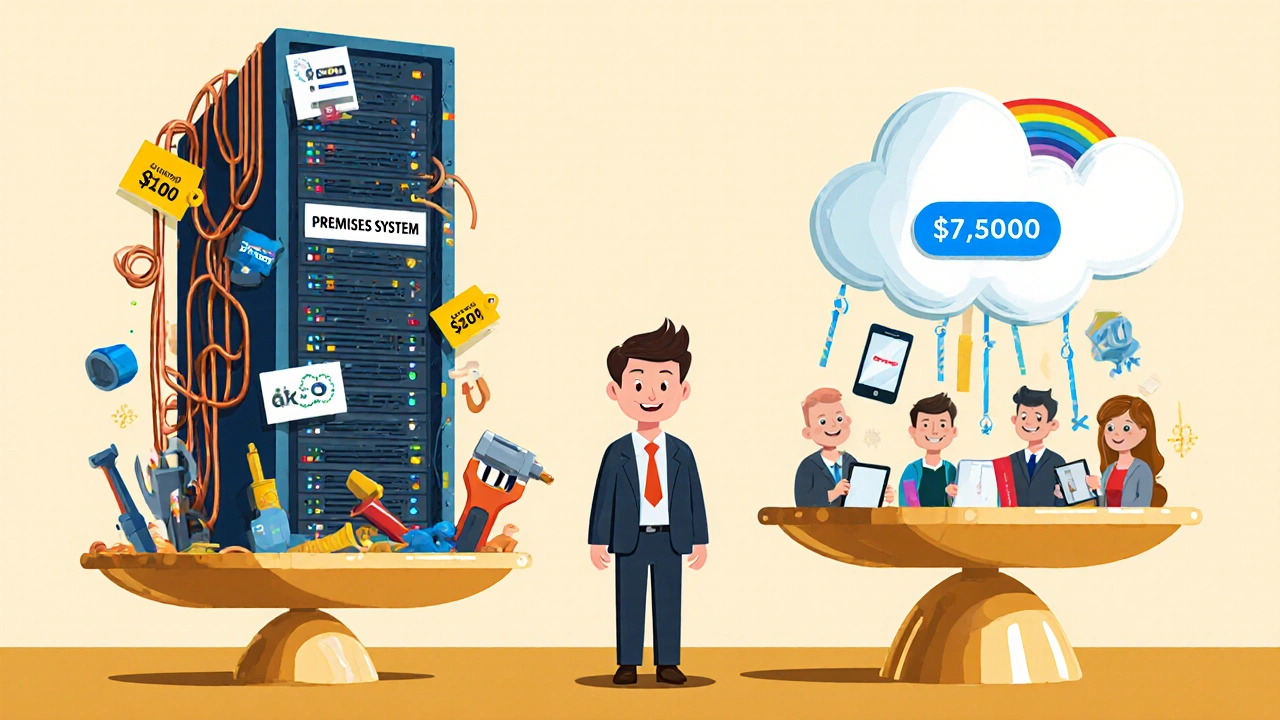TCO Comparison: Cut VoIP Costs with Real-World Savings
When you think about switching to TCO comparison, the total cost of ownership for a phone system, including all upfront, ongoing, and hidden expenses. It's not just the monthly fee per user—it's everything else that adds up over time. Most businesses see a $19/user plan and think they’re saving money. But then they get hit with fees for call recording, international dialing, hardware upgrades, or CRM integrations—and their bill doubles. A true TCO comparison looks at the full picture: what you pay now, what you’ll pay next year, and what surprises are hiding in the fine print.
It’s not just about the phone service. You also need to factor in hidden VoIP fees, unexpected charges like per-minute overages, toll fraud protection, or mandatory add-ons. One company switched to VoIP and saved on long-distance calls, but didn’t realize their provider charged $5 extra per user just to enable call recording. Another picked a cheap system, only to find out their ATAs (Analog Telephone Adapters) didn’t support emergency 911—forcing them to buy new hardware. Then there’s VoIP volume discounts, negotiated pricing based on usage or user count, often requiring multi-year commitments. Some providers lock you into 24-month contracts for 30% off, but cancel early and you pay a penalty that wipes out your savings. And don’t forget VoIP cost savings, the real money you make by reducing downtime, improving agent efficiency, or cutting roaming charges with eSIMs. A church that switched to VoIP didn’t just save on calls—they automated donation tracking and saved 15 hours a month in admin work.
What you’re really comparing isn’t just price tags—it’s value over time. A $10/month system with no recording, no mobile app, and no support might look great until you miss a client call because your headset died and you can’t get help. Meanwhile, a $25/month system with built-in analytics, auto-attendant, and 24/7 support might cost more upfront but saves you hundreds in lost sales and overtime. The posts below show you exactly how others did their TCO comparison: one school compared ATA costs versus landline shutdowns, another broke down the real cost of SIP brute-force attacks, and a remote team figured out how much they saved by switching from international roaming to VoIP with local numbers. You’ll see real numbers, real mistakes, and real fixes—not theory. By the end, you’ll know what to ask before signing anything, what to watch out for, and how to pick the system that actually saves you money—not just looks like it does.
